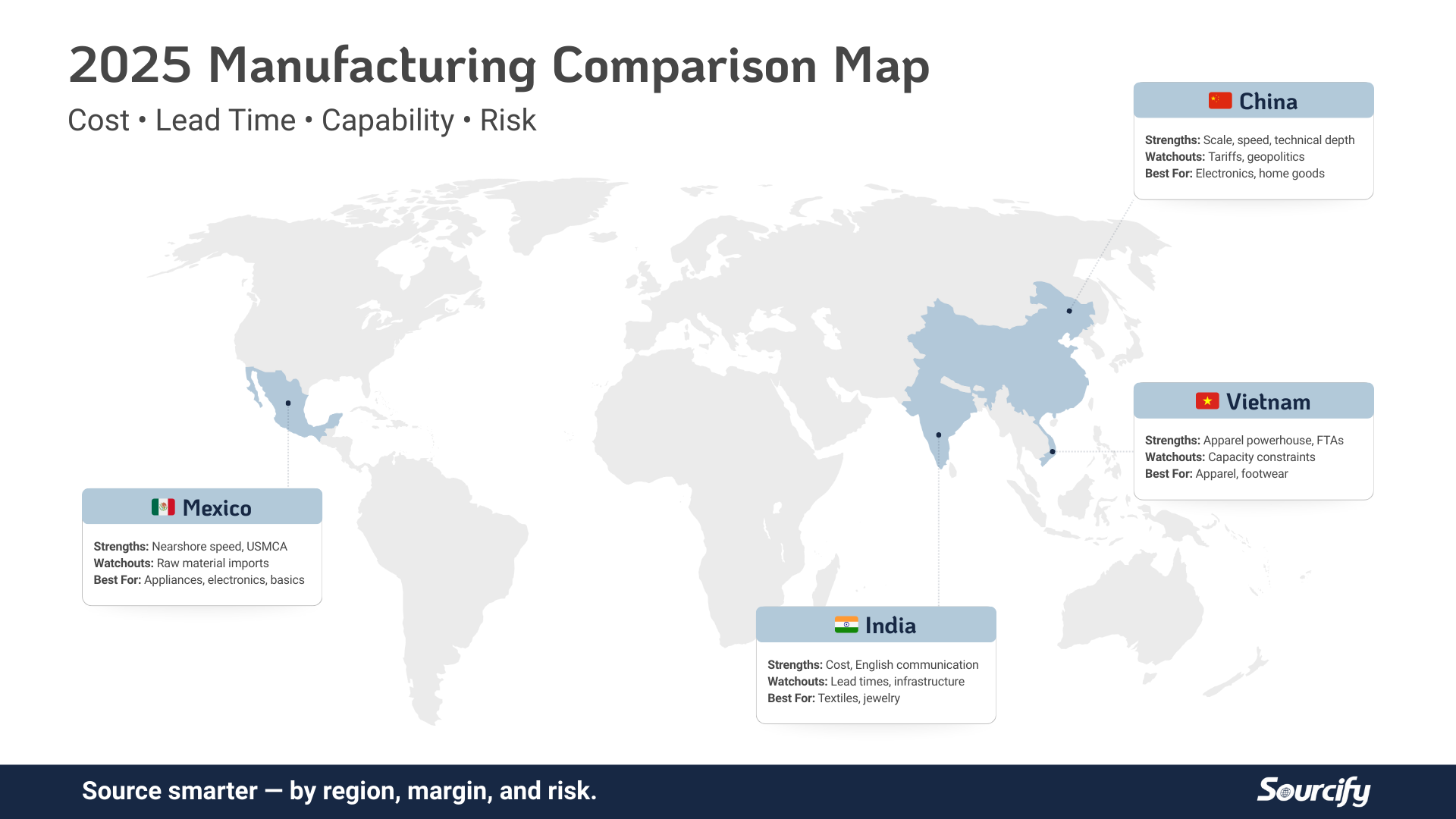When running a warehouse operation, one of the most important things to consider is sustainability in your supply chain. For example, sustainability is more than just using renewable recourses. As the world of sustainability evolves, so does its role in modern-day business.
E-commerce has already come a long way in terms of sustainability. The concept of sustainability now ranges from packaging products to business models, and the role it plays in a customer’s purchase is growing.
According to GoodCarts, 66% of consumers said they would spend more on sustainable products. Additionally, 42% of online shoppers prefer brands that offer sustainable packaging options.
And it’s not just customers that hold this opinion; employees, investors, and governments are equally putting pressure on companies to demonstrate more sustainable practices within their supply chain.
While e-commerce organizations are already a more sustainable alternative to buying in-store, it still has their faults, and business owners can learn more about how to make their supply chain more sustainable.
What Is Sustainable Supply Chain Management?
Sustainable supply chain management refers to the social, environmental, and economic impact of your company, and how to reduce it. From product design and development to raw material selection and extraction, every aspect of the supply chain has a potential impact.
Adopting an environmentally-friendly supply chain management can not only reduce this potential impact but can also create a more efficient system and allow for greater profitability.
Whether it’s limiting energy usage or water consumption or being mindful of waste production, thousands of companies today are adding more sustainable alternatives to their supply chain. Using specialized tracking metrics, companies can monitor various areas of production and discover new ways to prioritize sustainability.
Plus, they can also monitor packaging, transportation, and warehousing methods to ensure they’re limiting the number of unnecessary shipments. For any sustainable supply chain system to be effective, a company must show proof of improved environmental performance.
Why It’s Important to Build a Sustainable Supply Chain
More than any other part of a business’s operations, supply chains have arguably the greatest impact on the environment. But building a sustainable supply chain is more than just advocating for a “greener and cleaner” planet. It creates more opportunities for partnership because environmental impact and responsibility are some of the biggest focal points in today’s economy.
Learning how to become more eco-aware was a starting point for companies ten years ago. Now, customers and employees want to see companies taking action to make a difference.
Over the past few years, an increasing number of international companies have committed themselves to work solely with socially and environmentally responsible suppliers. Those same companies consequently saw growth in sales.
Additionally, customers are becoming more active in their support for sustainability. According to Business News Daily, a growing number of consumers consider a company’s environmental footprint because of purchasing any products.
Once they see proof of sustainability, they’re more likely to stay loyal to that brand. Putting into practice sustainable methods now only improves your organization’s reputation, but it further legitimizes it as an environmentally responsible company.
Another big reason why so many companies are implementing sustainable practices in their supply chain is that it cuts back on unnecessary costs and increases overall profitability.
Some of the world’s largest corporations are using sustainable resources and techniques, creating an increased efficiency in machinery, vehicles, and buildings, which saves them a pretty penny in the long run.
How to Implement a Sustainable Supply Chain
Building a sustainable supply chain isn’t difficult, but it is an adjustment. The best way to start is by narrowing down your goals for achieving sustainability, then creating a plan on how to execute those goals. The three key areas to consider are internal operations, packing and shipping, and customer service.
When it comes to creating sustainable internal operations, start by considering the social factors. Create a sustainability policy for your customers and suppliers, and make sure your sustainability goals align with theirs.
Including requirements for energy use, transportation, and waste disposal are just a few initial ways to create better sustainability within the internal work environment. When and if they begin to fall short on these policies, make sure to work together to continually improve work conditions.
Secondly, consider how to optimize your packaging and shipping methods. When it comes to packaging, the most logical solution is using biodegradable or reusable packaging materials. You should also ensure the size and measure of the packaging is in exact accordance with the product being packaged. Over-packaging or under-packaging are examples of how this can create unnecessary waste and use of materials.
When it comes to shipping processes, take time to analyze your shipping routes, and how to more efficiently transport products from point A to point B in a way that cuts down on your company’s carbon footprint.
Too often, companies waste energy and fuel by transporting goods using the longest and most congested shipping routes. Instead, determine where most of your customers are, and find a fulfillment center closest to that area.
Lastly, consider your customer service methods. For most companies, free returns and same-day delivery have become normalized. However, these services create opportunities for waste.
According to one study, approximately 30% of customs purposely over-order products to return unwanted items later. This actually increases the environmental impact, as it uses more packaging, more energy, and results in a higher carbon footprint. The same goes for same-day delivery. Expedited shipping options demand an increased carbon emission—over double the emission of non-expiated deliveries.
The best way to combat this is by being transparent with your customers. Inform them on the impact these services have on the environment. Offering slower shipping options in exchange for rewards or discounts could help motivate customs to forgo expedited shipping, and being as detailed as possible in your product descriptions could limit on potential of over-ordering.
The Future of E-Commerce and Sustainable Supply Chains
Many international companies genuinely want to adopt more sustainable practices throughout their supply chain networks, and a great way to start is by adopting the strategies outlined in this article. But keep in mind that those points should serve as a starting point for future economic, social, and environmental goals.
Creating and implementing sustainable supply chain management systems will not only effectively cut back on costs and increase your overall profitability, but establish your company as a legitimate environmentally-responsible brand.




